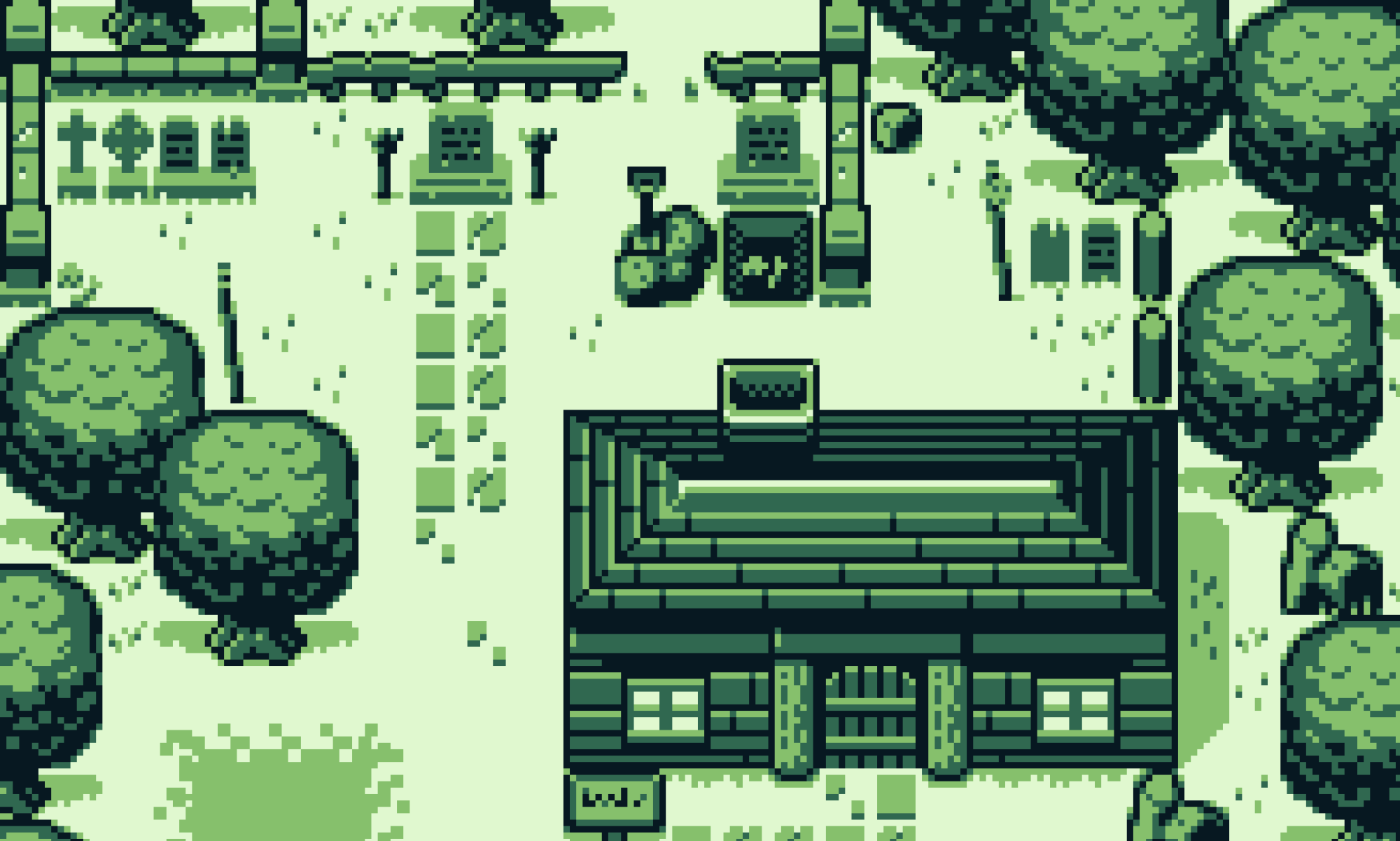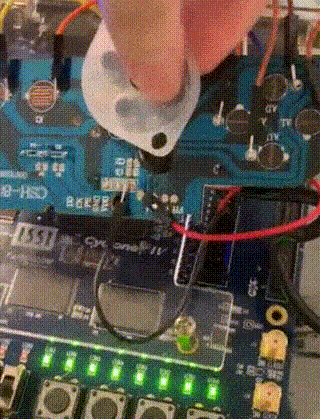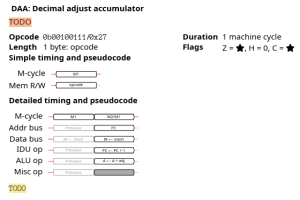Progress:
- CPU:
- Made testbench to test CPU using Blargg test ROMs
- Almost all CPU Blargg test ROMs pass. (~24M instructions)
- Test 2 (interrupts) requires integration with MMU and PPU to pass.
- PPU
- DMG PPU debug + CGB PPU Updates.
- basic VGA test on FPGA works + VGA & Frame Buffer logic integrated with PPU.
- MMU
- Made personal testbench for MMU
- All basic BRAM tests are passing, currently debugging IO and DMA features. Expected to start integration next weekend.
- APU
- WM8731 I2C reset test works on FPGA –> learned SignalTap on Quartus to get this working.
- Full I2C Config logic implemented + fully works in simulation.
- I2S logic sketched out.
Design Changes:
- Reworked a lot of interrupt routine handling after talk about CPU/MMU
Risks and Risk Management:
- Integration must start by next weekend.


